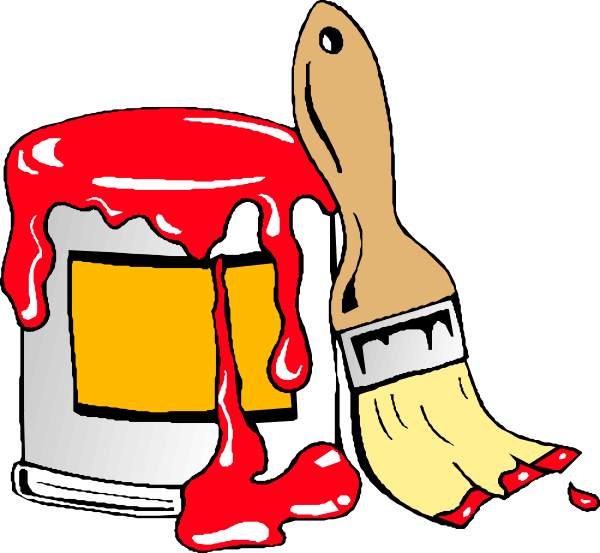Paints perform best as part of an overall system that includes surface prep followed by an appropriate primer coat and finish coat. Unfortunately, paint or primer that's applied over poorly prepared surfaces that are flaking or peeling, for example, will likely adhere to the flakes and peels rather than the wall itself. Paint quality matters, too. Higher grade paints use a flexible acrylic binder, whereas cheaper paints use vinyl-based resins and a high percentage of fillers. When adhesion failure occurs, it's important to diagnose the problem accurately so you can scrape off the old paint and apply a fresh coat properly.
Surface Prep:
Most paints won't adhere to an oily, greasy, slick or glossy surface, but these problems can be prevented by cleaning or sanding. Unless you plan on using a peel-stopping primer, flaking or peeling paint must be completely scraped off. If an old finish was removed using a chemical paint stripper, it must be thoroughly removed from the surface prior to priming and painting. Most manufacturers of paint stripping chemicals offer a rinse that neutralizes or removes any residue that might prevent future coatings from bonding properly.
Improper Priming:
Primers help paint to adhere, but only if the right primer is applied. There are all-purpose alkyd, shellac, and water-based primers that can serve as an adhesion-boosting base coat for either water- or oil-based paints. Most all-purpose water based primers can be used over latex or oil paints, and they have become the preferred choice for do-it-yourselfers because they produce less odor, offer easy cleanup and are ready for top-coating in less than an hour. A variety of special purpose primers can help prepare problem walls. Primer sealers can help paint adhere to water-damaged or smoke-damaged walls. There are also specialty primers specifically designed for use over paint that is peeling or flaking. Other primers can help paint adhere to surfaces such as concrete, vinyl, melamine and rusty metal.
Improper Paint:
High-quality acrylic latex interior paints are formulated to hold up in a home's high-traffic areas where lower-grade polyvinyl acetate paints might lose adhesion due to ordinary scuffing, rubbing, scrubbing and exposure to high humidity. Acrylic latex exterior paints are vapor permeable and formulated to expand and contract with the coating's substrate during temperature fluctuations that might cause oil paint to crack, flake or blister.
Improper Application:
Water-based interior paints are designed to be applied when temperatures are between 60 and 90 degrees Fahrenheit. In bathroom or basement areas, avoid painting when the humidity is noticeably high. Most exterior paints can be applied when temperatures are above 45 degrees and below 95 degrees, and it's best to work on days when no rain is expected.
